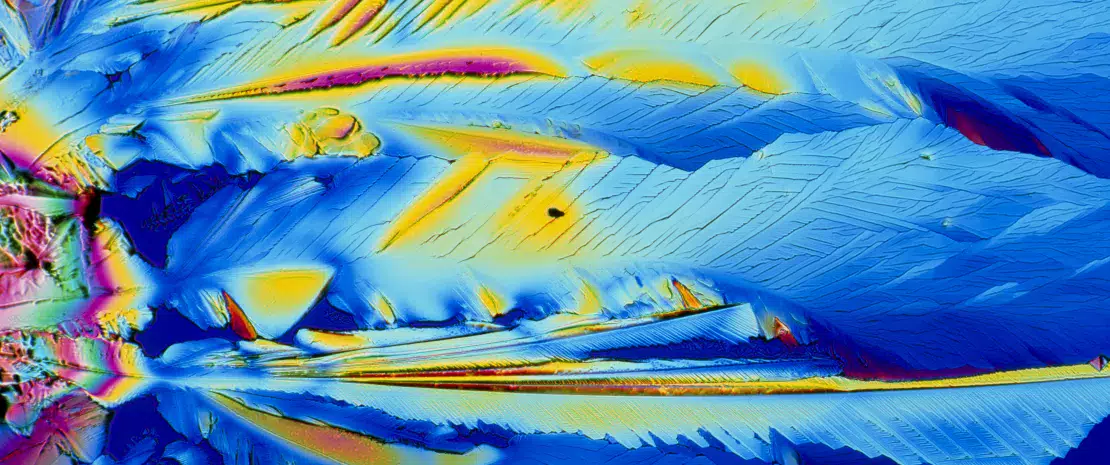Gut microbiota and vitamin D: a promising team in the fight against osteoporosis?
The gut microbiota has already been studied as a potential diagnostic tool for osteoporosis. Now its role in the disease is being clarified. The work of a Chinese team has highlighted its potential role in the absorption of vitamin D. Further details below.
Sources
This article is based on scientific information

About this article
The link between osteoporosis and vitamin D is well established and the link between the gut microbiota and osteoporosis is receiving increasing attention. What about the relationship between the microbiota and vitamin D?
First study on potential link between microbiota, vitamin D, and severe osteoporosis
It all started with a simple clinical observation: patients with severe osteoporosis (SOP) have low plasma concentrations of 25(OH)D3, which in turn is associated with increased gastrointestinal disorders.
A Chinese team thus hypothesized that the composition of the gut microbiota could affect intestinal absorption of vitamin D. To test this hypothesis, 18 patients with primary osteoporosis (OP) and 18 with severe osteoporosis (SOP) were given identical diets.
Measurements of the patients’ plasma concentrations of cholecalciferol (vitamin D3) and 25(OH)D3, together with an analysis of their gut microbiota composition, produced promising results.
More diverse microbiota in SOP patients
A diverse microbiota is usually a sign of good health. However, this is not the case for osteoporosis and vitamin D metabolism.
(sidenote:
Xu Z, Xie Z, Sun J, et al. Gut Microbiome Reveals Specific Dysbiosis in Primary Osteoporosis. Front Cell Infect Microbiol. 2020 Apr 21;10:160.Wang J, Wang Y, Gao W, Wang B, Zhao H, Zeng Y, Ji Y, Hao D
Wang J, Wang Y, Gao W, et al. Diversity analysis of gut microbiota in osteoporosis and osteopenia patients. PeerJ. 2017 Jun 15;5:e3450.
)
. This study has shown that SOP patients have a more diverse microbiota than OP patients and reduced levels of Bifidobacterium, bacteria involved in the intestinal absorption of certain fats and fat-soluble vitamins. On the other hand, Firmicutes were more abundant in the SOP patients than in the OP patients. A high Firmicutes/Bacteroidetes ratio is a potential indicator of dysbiosis. This may explain in part why the SOP patients suffered from more severe gastrointestinal symptoms.
Microbiota involved in intestinal absorption of vitamin D
Concentrations of cholecalciferol and 25(OH)D3 in the blood were positively correlated, with plasma levels of both substances lower in the SOP patients. Since the meals provided to both groups were identical, circulating concentrations of 25(OH)D3 therefore depended on the amount of cholecalciferol absorbed by the gut, which may be influenced by the gut microbiota.
The differences in gut microbiota composition associated with low blood concentrations of 25(OH)D3 in SOP patients suggest that certain gut bacteria are involved in the intestinal absorption of vitamin D, which may in turn influence the deterioration of OP to SOP.
These groundbreaking results hold significant promise for the management of osteoporosis. The next step is to identify the mechanisms by which the microbiota influences intestinal absorption of vitamin D, but for the moment we can content ourselves with the discovery of new avenues for the treatment of SOP.












